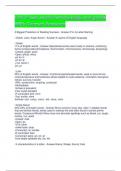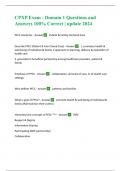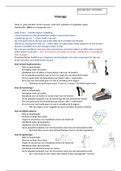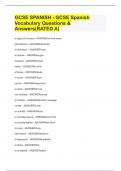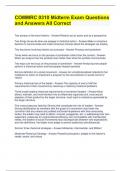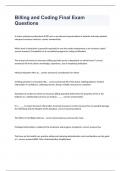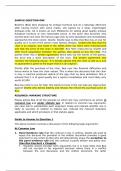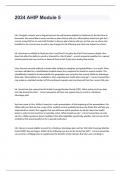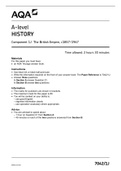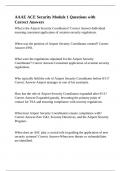Exam (elaborations)
CALP test study terminology and guide With Correct Answers
- Course
- Institution
CALP test study terminology and guide With Correct Answers 2 Biggest Predictors of Reading Success - Answer-P.A. & Letter Naming /.Greek, Latin, Anglo-Saxon - Answer-3 Layers of English language /.Greek 11% of English words - Answer-Specialized words used mostly in science, combining form...
[Show more]
